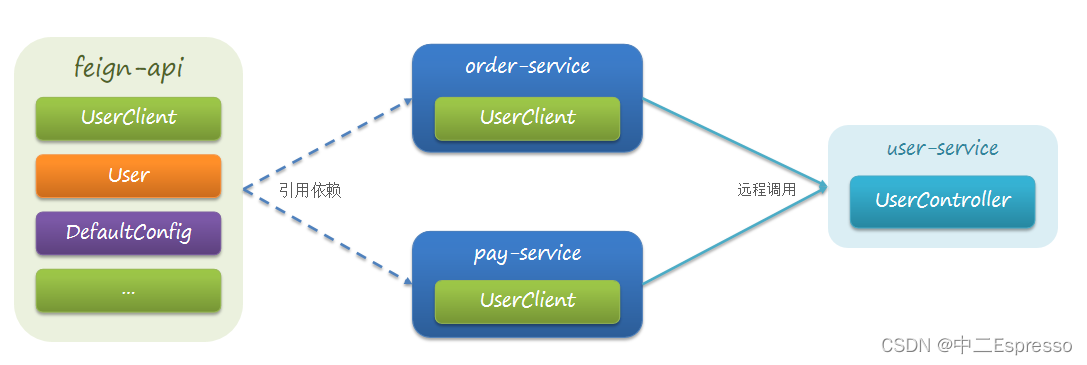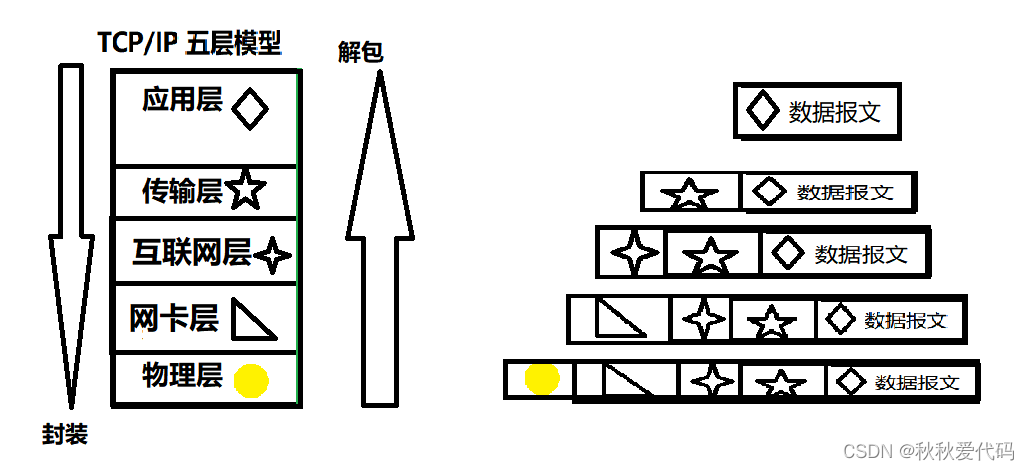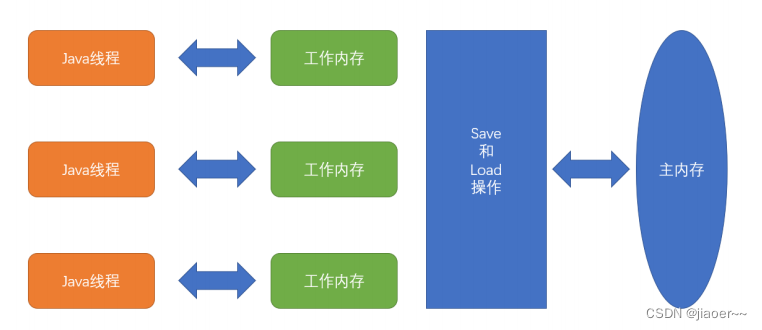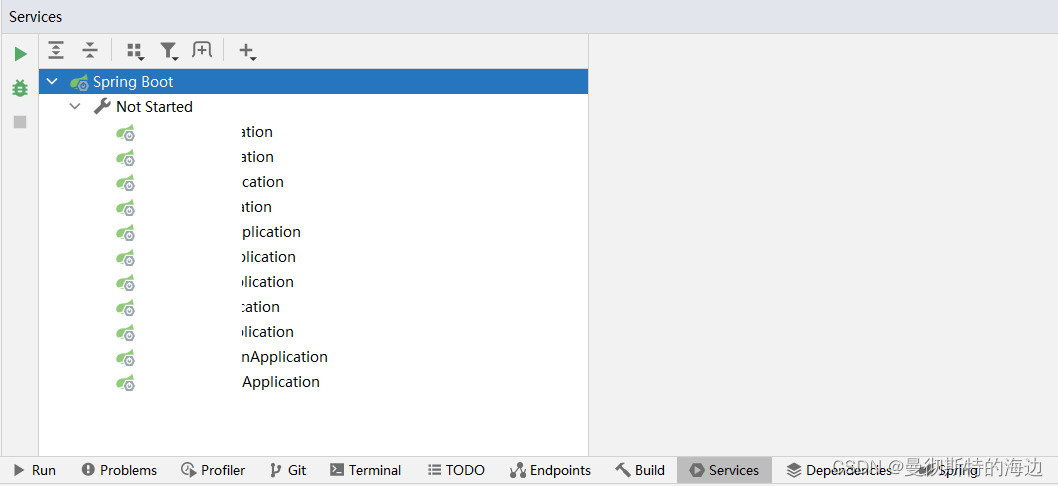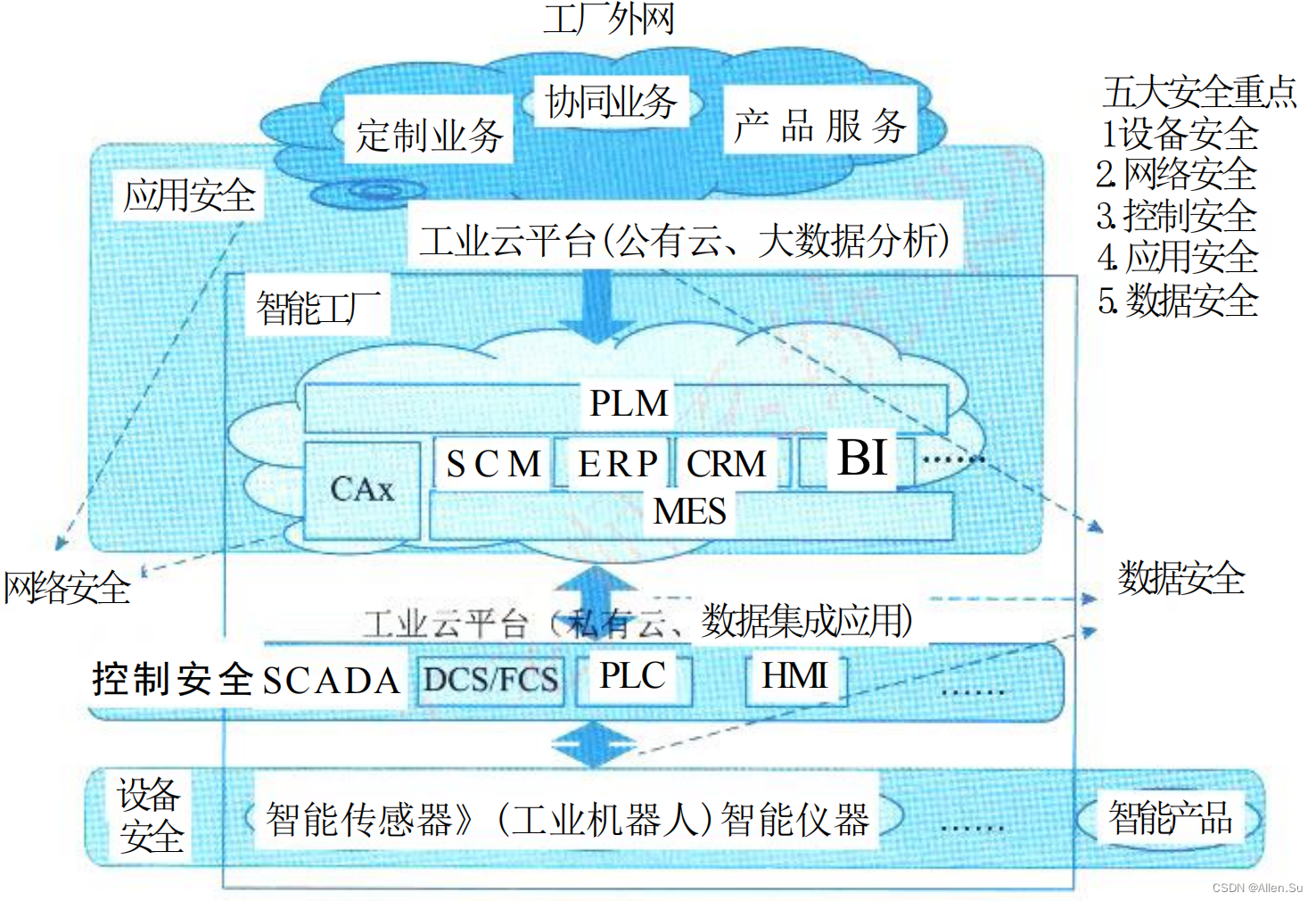目录
1.配置文件格式(3种)
例:修改服务器端口。(3种)
src/main/resources/application.properties
server.port=80src/main/resources/application.yml(主要用这种)
server:
port: 80src/main/resources/application.yaml
server:
port: 80SpringBoot配置文件加载优先级:/application.properties > application.yml > application.yaml
2.yaml数据格式
yaml,一种数据序列化格式。
优点:容易阅读、以数据为中心,重数据轻格式。
yam文件扩展名:.yml(主流)、.yaml
语法规则:
大小写敏感
属性值前面添加空格。(空格和冒号要隔开)
# 表示注释
数组格式:
enterprise:
name: abc
age: 16
tel: 111111
subject:
- Java
- C
- C++3.yaml数据读取方式(3种)
application.yml
lesson: SpringBoot
server:
port: 80
enterprise:
name: abc
age: 16
tel: 111111
subject:
- Java
- C
- C++controller/BookController.java 有下面三种写法
① @Value(直接读取)
package com.example.controller;
import org.springframework.beans.factory.annotation.Value;
import org.springframework.web.bind.annotation.GetMapping;
import org.springframework.web.bind.annotation.PathVariable;
import org.springframework.web.bind.annotation.RequestMapping;
import org.springframework.web.bind.annotation.RestController;
@RestController
@RequestMapping("/books")
public class BookController {
@Value("${lesson}")
private String lesson;
@Value("${server.port}")
private Integer port;
@Value("${enterprise.subject[0]}")
private String subject_0;
@GetMapping("/{id}")
public String getById(@PathVariable Integer id) {
System.out.println(lesson);
System.out.println(port);
System.out.println(subject_0);
return "hello, spring boot!";
}
}
② Environmet(封装后读取)
package com.example.controller;
import org.springframework.beans.factory.annotation.Autowired;
import org.springframework.core.env.Environment;
import org.springframework.web.bind.annotation.GetMapping;
import org.springframework.web.bind.annotation.PathVariable;
import org.springframework.web.bind.annotation.RequestMapping;
import org.springframework.web.bind.annotation.RestController;
@RestController
@RequestMapping("/books")
public class BookController {
@Autowired
private Environment environment;
@GetMapping("/{id}")
public String getById(@PathVariable Integer id) {
System.out.println(environment.getProperty("lesson"));
System.out.println(environment.getProperty("server.port"));
System.out.println(environment.getProperty("enterprise.age"));
System.out.println(environment.getProperty("enterprise.subject[1]"));
return "hello, spring boot!";
}
}
③ 实体类封装属性(封装后读取)
package com.example.controller;
import com.example.domain.Enterprise;
import org.springframework.beans.factory.annotation.Autowired;
import org.springframework.web.bind.annotation.GetMapping;
import org.springframework.web.bind.annotation.PathVariable;
import org.springframework.web.bind.annotation.RequestMapping;
import org.springframework.web.bind.annotation.RestController;
@RestController
@RequestMapping("/books")
public class BookController {
@Autowired
private Enterprise enterprise;
@GetMapping("/{id}")
public String getById(@PathVariable Integer id) {
System.out.println(enterprise);
return "hello, spring boot!";
}
}
需要额外封装一个类domain/enterprise.java
package com.example.domain;
import org.springframework.boot.context.properties.ConfigurationProperties;
import org.springframework.stereotype.Component;
import java.util.Arrays;
@Component
@ConfigurationProperties(prefix = "enterprise")
public class Enterprise {
private String name;
private Integer age;
private String tel;
private String[] subject;
public void setName(String name) {
this.name = name;
}
public void setAge(Integer age) {
this.age = age;
}
public void setTel(String tel) {
this.tel = tel;
}
public void setSubject(String[] subject) {
this.subject = subject;
}
@Override
public String toString() {
return "Enterprise{" +
"name='" + name + '\'' +
", age=" + age +
", tel='" + tel + '\'' +
", subject=" + Arrays.toString(subject) +
'}';
}
}pom.xml也需要额外添加一个依赖
<dependency>
<groupId>org.springframework.boot</groupId>
<artifactId>spring-boot-configuration-processor</artifactId>
<optional>true</optional>
</dependency>4.多环境开发配置
resources/application.xml
spring:
profiles:
active: pro
---
# 开发
spring:
config:
activate:
on-profile: dev
server:
port: 80
---
# 生产
spring:
config:
activate:
on-profile: pro
server:
port: 81
---
# 测试
spring:
config:
activate:
on-profile: test
server:
port: 825.使用命令行启动多环境
java -jar xxx.jar --spring.profiles.active=test --server.port=88 参数加载的优先顺序可以从官网获得:Core Features
6.Maven与SpringBoot关联操作
在开发中,关于环境配置,应该以Maven为主,SpringBoot为辅。
①Maven中设置多环境属性
pom.xml
<profiles>
<profile>
<id>dev</id>
<properties>
<profile.active>dev</profile.active>
</properties>
</profile>
<profile>
<id>pro</id>
<properties>
<profile.active>pro</profile.active>
</properties>
<activation>
<activeByDefault>true</activeByDefault>
</activation>
</profile>
<profile>
<id>test</id>
<properties>
<profile.active>test</profile.active>
</properties>
</profile>
</profiles>使用插件对资源文件开启对默认占位符的解析
<plugin>
<groupId>org.apache.maven.plugins</groupId>
<artifactId>maven-resources-plugin</artifactId>
<version>3.3.1</version>
<configuration>
<encoding>UTF-8</encoding>
<useDefaultDelimiters>true</useDefaultDelimiters>
</configuration>
</plugin>②SpringBoot引入Maven属性
application.yml
spring:
profiles:
active: ${profile.active}
---
# 开发
spring:
config:
activate:
on-profile: dev
server:
port: 80
---
# 生产
spring:
config:
activate:
on-profile: pro
server:
port: 81
---
# 测试
spring:
config:
activate:
on-profile: test
server:
port: 82③Maven打包,进行测试


7.配置文件分类
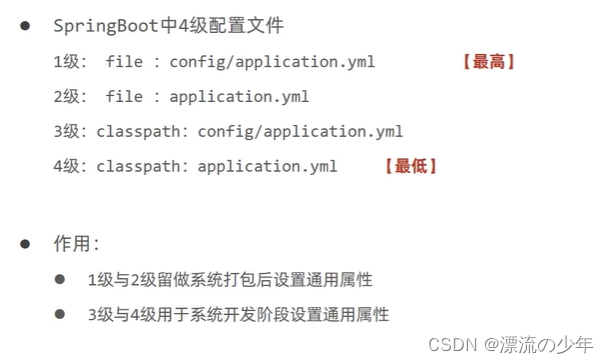



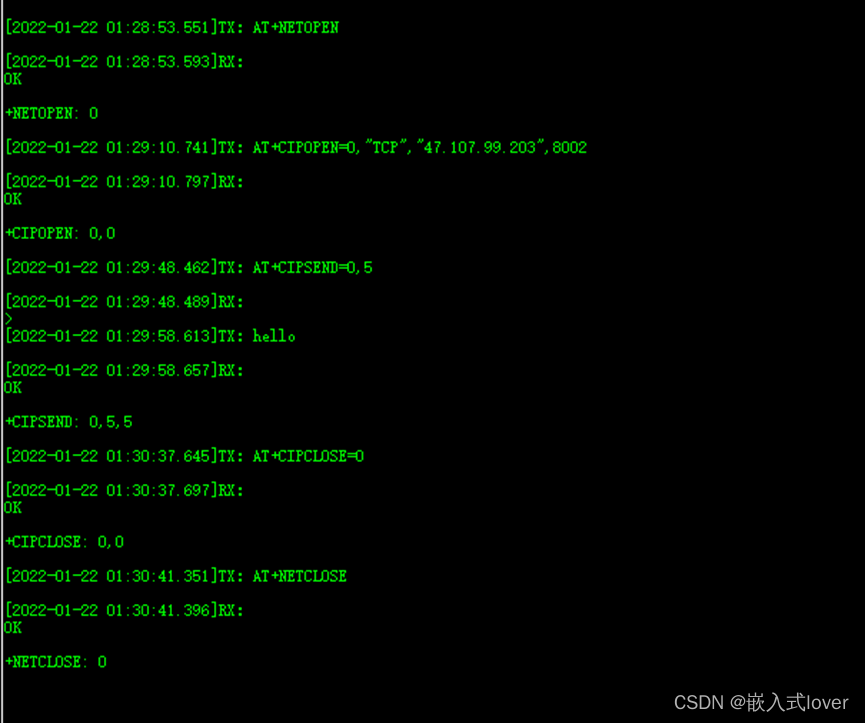




![[好书推荐] 之 <趣化计算机底层技术>](https://img-blog.csdnimg.cn/36f3f754ed084f12b12277eb844b69fb.gif)

